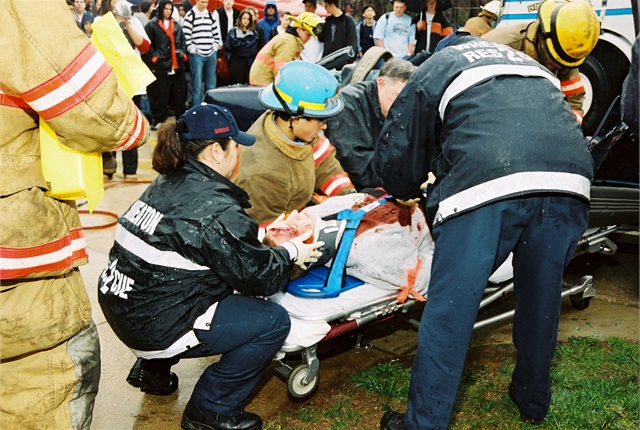Traffic deaths in the U.S. rose 9.3% in the first nine months of 2015, according to the latest federal estimates, reversing a years-long trend.
The National Highway Traffic Safety Administration released a new report estimating that more than 26,000 people died in traffic crashes in the first nine months of 2015, compared to the 23,796 road fatalities in the first nine months of 2014.
Preliminary data indicate that motorists traveled more miles during those nine months in 2015 compared to 2014, representing a 3.5% increase. But the fatality rate for the period in 2015 still climbed to 1.10 deaths per 100 million vehicle miles traveled, up from 1.05 deaths per 100 million vehicle miles traveled from January to September in 2014.
All 10 NHTSA-designated regions of the country experienced increases in estimated fatalities in 2015, according to the report. One region — encompassing the states of Washington, Oregon, Idaho and Montana — saw a 20% jump.
These numbers, however, are still preliminary estimates and are expected to be further revised, NHTSA noted.
“It is too soon to speculate on the contributing factors or potential implications of any changes in deaths on our roadways,” the report stated. “The final data for 2014 as well as the annual file for 2015 will be available in late fall of 2016 which usually results in the revision of fatality totals and the ensuing rates and percentage changes.”
This year NHTSA will conduct a series of regional summits aimed at developing new strategies for changing driver behavior that causes road fatalities and injuries. On Feb. 5, the agency sponsored an all-day meeting in Rancho Cordova, Calif., bringing together transportation safety leaders from government, academia, business and law enforcement.
“For decades, U.S. DOT has been driving safety improvements on our roads, and those efforts have resulted in a steady decline in highway deaths,” said U.S. Transportation Secretary Anthony Foxx in a released statement. “But the apparent increase in 2015 is a signal that we need to do more.”
Human factors contribute to 94% of crashes, according to decades of NHTSA research. But in the past few years, much of the agency’s attention has had to shift to vehicle defect investigations and the execution of major safety recalls.
“We’re seeing red flags across the U.S. and we’re not waiting for the situation to develop further,” said Dr. Mark Rosekind, NHTSA Administrator. “It’s time to drive behavioral changes in traffic safety and that means taking on new initiatives and addressing persistent issues like drunk driving and failure to wear seat belts.”
February 8, 2016
February 8, 2016

No comments:
Post a Comment